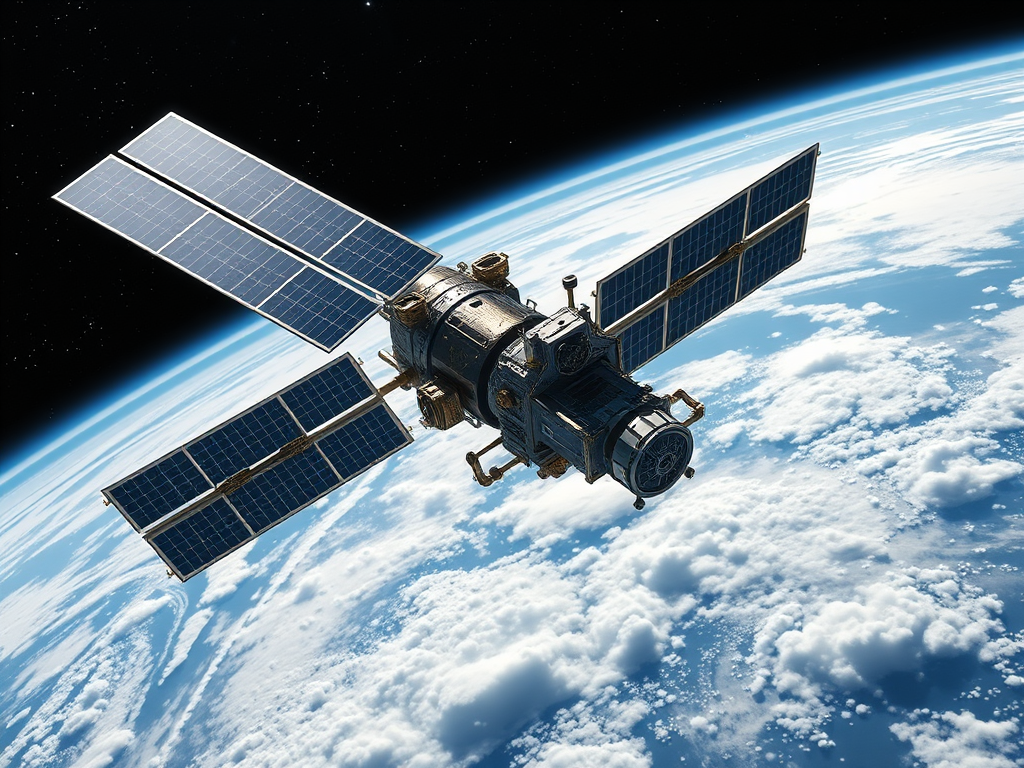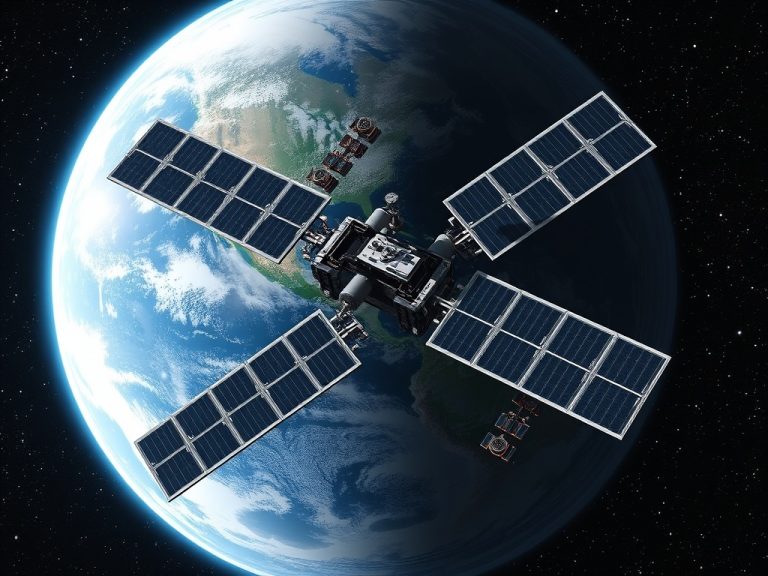
Satellite internet is becoming a popular choice for people living in remote areas where traditional internet options may be limited. While it offers a way to connect to the internet, one major issue that users often face is latency. Understanding latency and its impact can help you make better choices about your internet service.
What is Latency?
Latency is the time it takes for data to travel from your device to a server and back. It is measured in milliseconds (ms). In simple terms, latency is the delay you experience when you send a request online and wait for a response. In satellite internet, latency is particularly important because of the distance that signals must travel to satellites orbiting the Earth.
Types of Latency
- Round Trip Time (RTT): This is the total time it takes for a signal to go from your device to the satellite and return. Satellite internet typically has a higher RTT due to the long distances involved.
- Propagation Delay: This refers to the time taken for the signal to travel through the air (or space in the case of satellites). The farther the distance, the longer this delay.
- Processing Delay: This occurs when data is being processed by the satellite and the ground stations it communicates with. This processing time can add to the overall latency.
Why Does Latency Matter?
Latency can significantly affect your internet experience, especially for activities that require real-time communication. Here are some examples:
- Online Gaming: In gaming, high latency can cause lag, making it difficult to play smoothly. This can be frustrating, especially in competitive games where timing is crucial.
- Video Conferencing: High latency can lead to delays in audio and video, making conversations awkward and difficult to follow. This is especially important for remote work and virtual meetings.
- Web Browsing: If you’re trying to load web pages, high latency can cause slower loading times, affecting your overall experience.
- Streaming Services: Watching videos or streaming live events can be interrupted by buffering if latency is high, leading to a less enjoyable experience.
Factors Affecting Latency in Satellite Internet
Several factors contribute to latency in satellite internet, including:
- Distance to Satellite: Traditional satellites are positioned about 22,236 miles (35,786 kilometers) above the Earth. This long distance results in higher latency. In contrast, new low Earth orbit (LEO) satellites are much closer, typically around 200 to 1,200 miles above the Earth, which can significantly reduce latency.
- Weather Conditions: Rain, snow, and storms can interfere with the signal, affecting its quality and increasing latency. Heavy rain, known as “rain fade,” can be particularly problematic for satellite communications.
- Network Congestion: Like any internet service, if many users are accessing the satellite network at the same time, it can lead to increased latency. This is especially common during peak usage times.
- Hardware Limitations: The quality of your satellite dish, modem, and other hardware can impact performance. Older or lower-quality equipment may not handle data as efficiently, leading to higher latency.
Typical Latency Levels
- Geostationary Satellite Internet: This type of service typically has latency ranging from 500 ms to 600 ms. This level of latency can make activities like online gaming and video conferencing challenging.
- Low Earth Orbit (LEO) Satellite Internet: Newer services like Starlink can achieve latency levels as low as 20 ms to 40 ms. This makes LEO satellites much more suitable for applications that require quick response times, such as gaming and real-time communication.
Implications of High Latency
High latency can have several negative effects on your internet experience:
- Online Gaming: High latency can lead to lag and delays, making it difficult to react quickly in fast-paced games. This can ruin the experience, especially for competitive gamers.
- Video Conferencing: Delays in audio and video can disrupt conversations, making it hard to communicate effectively. This is especially relevant for remote work and virtual meetings.
- Web Browsing: High latency can result in slower loading times for websites, making it frustrating to navigate the internet.
- Streaming Services: Watching videos or live events can become difficult if there are interruptions due to high latency. Buffering can occur, leading to a poor viewing experience.

Reducing Latency
While some factors affecting latency are beyond your control, there are ways to help reduce its impact:
- Choose LEO Satellites: If possible, opt for internet providers that utilize LEO satellites. These services typically offer lower latency, improving your overall experience.
- Optimize Network Settings: You can adjust settings on your router and devices to improve performance. For example, ensure your router is positioned in a central location and free from obstructions.
- Limit Bandwidth Usage: Reduce the number of devices connected to your network at the same time. This can help improve speeds and lower latency.
- Upgrade Equipment: Investing in higher-quality satellite dishes and modems can enhance your connection and reduce latency. Check with your provider for recommended hardware.
- Monitor Your Connection: Regularly check your internet speed and latency. If you notice persistent issues, contact your provider to troubleshoot.
Conclusion
Latency is an important factor to consider when choosing satellite internet. Understanding what causes latency and how it affects your online activities can help you make better decisions about your internet service. With advancements in satellite technology, particularly with LEO satellites, the future of satellite internet looks promising. These new technologies aim to reduce latency and improve user experience, making satellite internet a more viable option for many users. Whether you’re gaming, streaming, or working remotely, knowing about latency can help you choose the right service for your needs.






